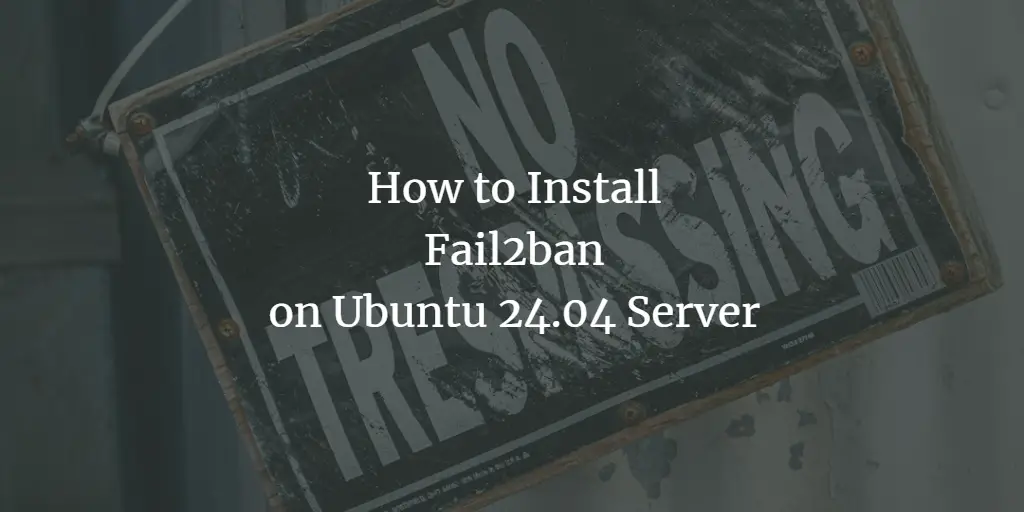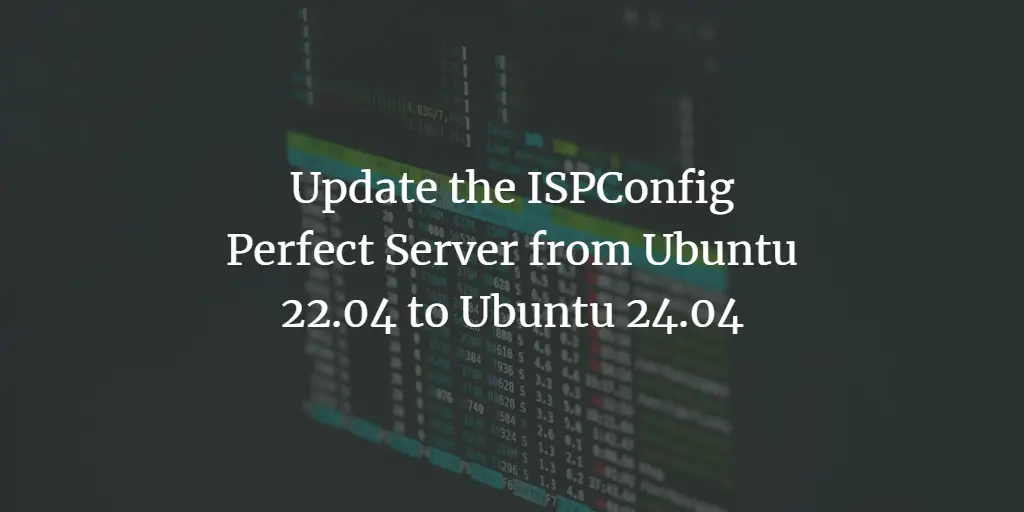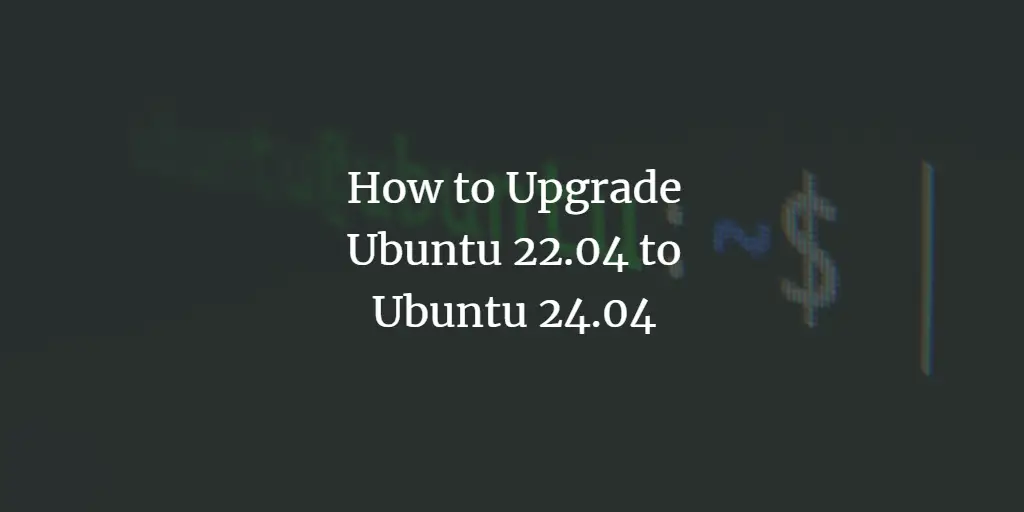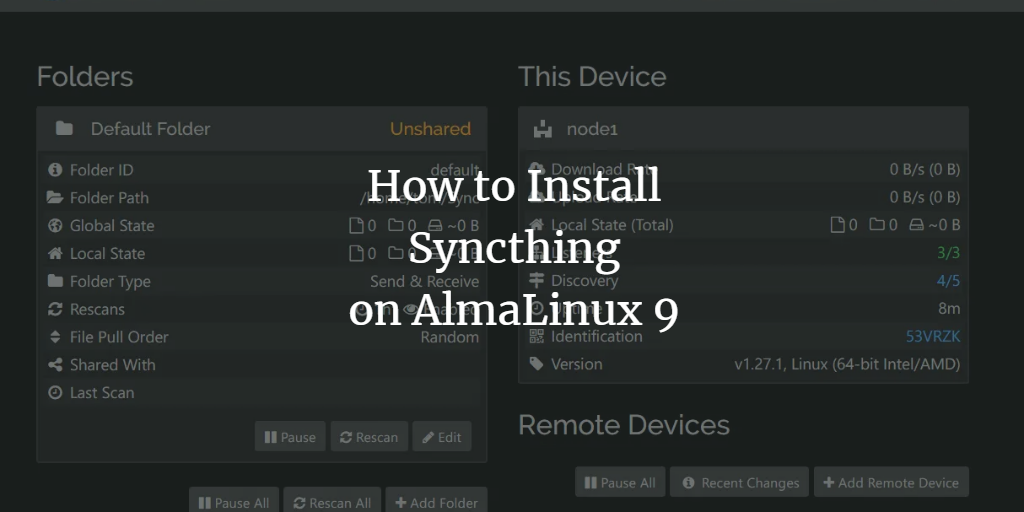HowtoForge provides user-friendly Linux tutorials.
-
How to Install Fail2ban on Ubuntu 24.04 Server
Author: Arvid L • Tags: linux, security, ubuntu • Comments: 0 • Published: Oct 15, 2024Fail2ban is free and open-source IPS (Intrusion Prevention Software) that helps administrators secure Linux servers against malicious login and brute-force attacks. In this guide, you'll learn how to install Fail2ba on Ubuntu 24.04 server.
-
How to Install Pydio Cells on AlmaLinux 9
Author: Arvid L • Tags: linux, server • Comments: 0 • Published: Oct 03, 2024Pydio Cells is an open-source document-sharing and collaboration platform for your organization. In this guide, we'll show you how to install Pydio Cells on an Alma Linux 9 server.
-
How to Install MongoDB on AlmaLinux 9
Author: Arvid L • Tags: linux, server • Comments: 0 • Published: Oct 03, 2024MongoDB is an open-source, cross-platform, and distributed NoSQL (Non-SQL or Non-Relational) database system. This guide will show you how to install MongoDB on an Alma Linux 9 server.
-
-
How to Install Lychee Photo Management System on Debian 12
Author: Arvid L • Tags: debian, linux, server, web server • Comments: 0 • Published: Sep 29, 2024Lychee is an open-source photo-management software based on PHP and MySQL. In this tutorial, you'll learn how to install Lychee Photo Management on Debian 12 server.
-
Update the ISPConfig Perfect Server from Ubuntu 22.04 to Ubuntu 24.04
Author: Thom Pol • Tags: debian, ispconfig, linux • Comments: 1 • Published: Sep 16, 2024This tutorial will take you through updating a server managed by ISPConfig from Ubuntu 22.04 (Jammy Jellyfish) to Ubuntu 24.04 (Noble Numbat). This guide works for both single- and multiserver setups.
-
How to Upgrade Ubuntu 22.04 to Ubuntu 24.04
Author: Thom Pol • Tags: linux, ubuntu • Comments: 1 • Published: Sep 16, 2024Ubuntu 24.04, codename "Noble Nombat", was released on the 25th of April 2024. This guide describes how to update to this version.
-
How to Install Syncthing on AlmaLinux 9
Author: Arvid L • Tags: linux, server, storage • Comments: 0 • Published: Sep 11, 2024Syncthing is a secure and open-source file synchronization program for multiple platforms, such as Windows, macOS, Linux, Android, Solaris, Darwin, and BSD.
-
How to Install Plex Media Server on Debian 12
Author: Arvid L • Tags: debian, linux, server • Comments: 0 • Published: Sep 11, 2024Plex Media Server is a DIY streaming solution for your local environment. This guide will show you how to install the Plex Media Server on Debian 12 server.
-
How to Install WonderCMS on AlmaLinux 9
Author: Arvid L • Tags: linux • Comments: 0 • Published: Sep 11, 2024WonderCMS is a free and open-source CMS that uses text files as a database. It's also called a flat CMS, written in PHP, and doesn't require RDBMS like MySQL/MariaDB or PostgreSQL.
-
How to Delete a Docker Image on Linux
Author: howtoforge • Tags: linux, virtualization • Comments: 0 • Published: Sep 11, 2024Docker images can take up significant disk space over time, especially if you frequently build and pull images. This guide will walk you through the process of deleting Docker images that are no longer needed.










